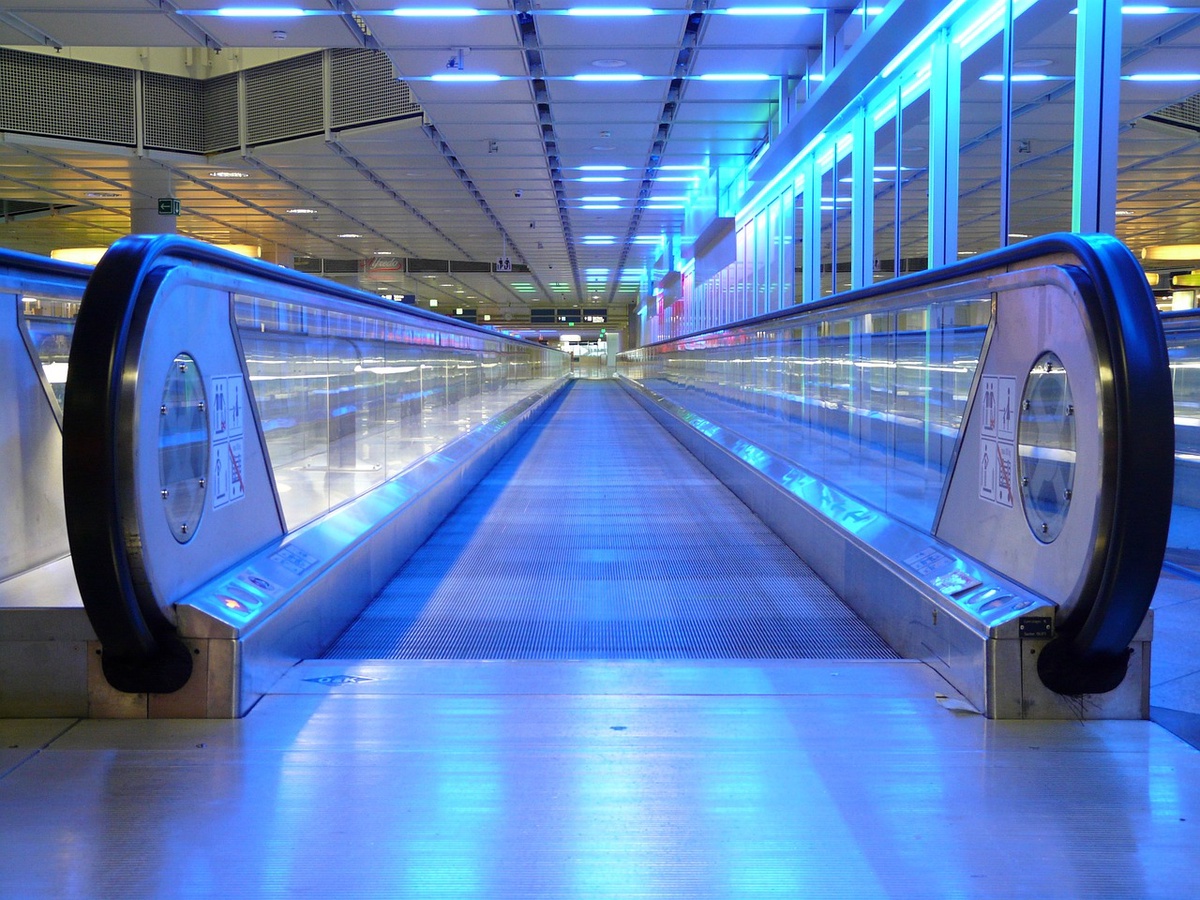Introduction:
In the bustling landscapes of modern cities, where time is of the essence, the concept of efficiency takes center stage in various aspects of daily life. One such innovation that has seamlessly integrated into our urban environments is the moving walkway. Often found in airports, shopping malls, and transit hubs, these conveyors offer a unique blend of convenience and efficiency. In this blog post, we will delve into the world of moving walkways, exploring their history, benefits, and the impact they have on our daily journeys.
History and Evolution:
The idea of a moving walkway has its roots in the late 19th century, with early patents and designs emerging around the same time as the invention of the escalator. However, it wasn't until the mid-20th century that moving walkways gained popularity, particularly in airport terminals. As technology advanced, these walkways evolved from basic conveyor belts to sophisticated systems with variable speeds and enhanced safety features.
Convenience in Transportation Hubs:
One of the primary domains where moving walkways have become indispensable is in transportation hubs, especially airports. Airports are bustling hubs of activity, with passengers navigating through terminals to catch flights. Moving walkways provide a time-saving solution, helping travelers cover large distances within terminals with minimal effort. This not only reduces the stress of rushing but also enhances the overall passenger experience.
Efficiency in Retail Spaces:
Beyond transportation hubs, moving walkways have found their way into shopping malls and retail spaces. In these environments, the goal is not only to facilitate movement but also to enhance the overall shopping experience. Moving walkways in malls can create a dynamic shopping environment, encouraging visitors to explore different sections and spend more time in the mall.
Energy Efficiency and Sustainability:
As concerns about environmental impact grow, the efficiency of transportation systems is increasingly measured by their sustainability. Moving walkways, when compared to traditional escalators or elevators, can be more energy-efficient. By utilizing technologies such as regenerative braking and energy-saving designs, these systems contribute to the overall goal of creating greener, more sustainable urban spaces.
Challenges and Considerations:
While moving walkways offer numerous advantages, it's important to consider potential challenges. Maintenance costs, safety regulations, and the initial installation expenses can be factors that influence the decision to implement these systems. Additionally, issues related to congestion during peak hours and the need for proper user education are aspects that need careful consideration.
Conclusion:
In a world where time is a precious commodity, moving walkways have emerged as a solution to enhance efficiency and convenience in various urban settings. Whether in airports, shopping malls, or other transit hubs, these conveyors play a crucial role in simplifying our daily journeys. As technology continues to advance, we can expect further innovations in the realm of transportation, making our experiences in urban environments even more seamless and enjoyable. The moving walkway, with its rich history and evolving features, stands as a testament to the ongoing pursuit of creating smarter and more efficient cities.


No comments yet